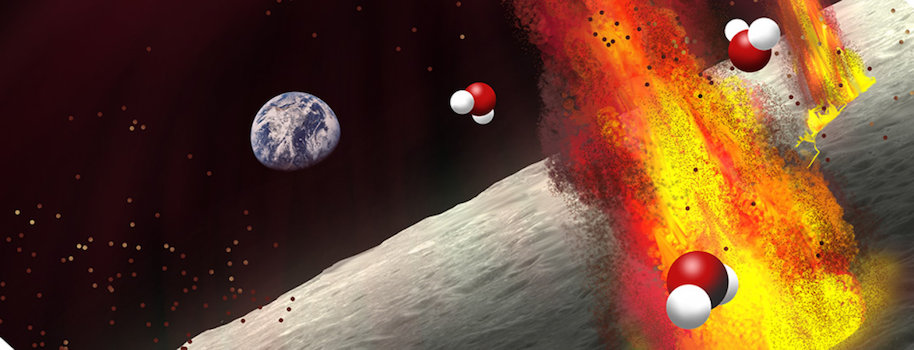
To some people, the Moon can seem like a rather boring place – gray, dusty and covered in craters. It is also usually thought to be bone dry, not the first place that comes to mind when you hear about water elsewhere in the Solar System, and for the most part that may be true, but now new evidence shows that the Moon may be a lot wetter in its interior than previously known.
The Moon’s surface is indeed extremely dry, other than patches of water ice in the shadows of some craters at the poles. Even the ice was a surprise when first discovered by orbiting probes. But now, researchers at Brown University have found evidence for water trapped within volcanic (pyroclastic) deposits, which suggests that the Moon’s mantle is rather water-rich. It was previously thought that the Moon’s interior had been depleted of water, but then in 2008, trace amounts of water were found in volcanic glass beads which had been brought back to Earth by the Apollo 15 and 17 missions.
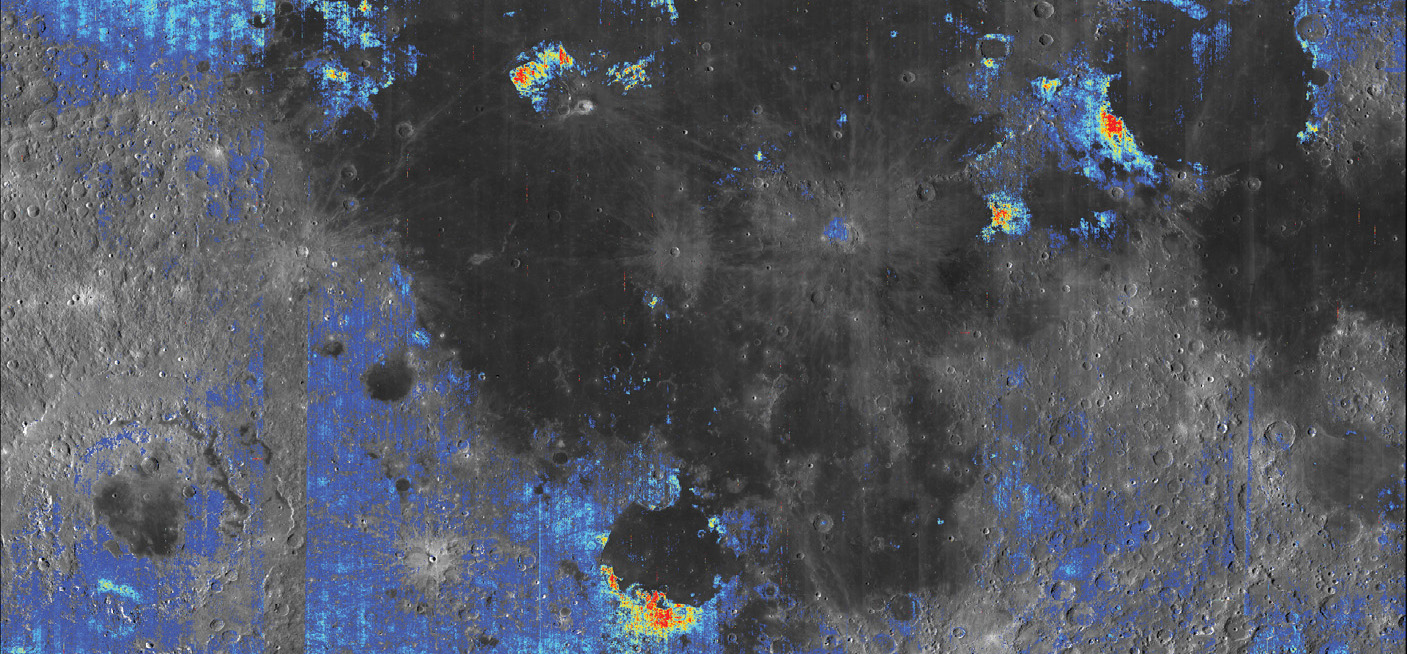
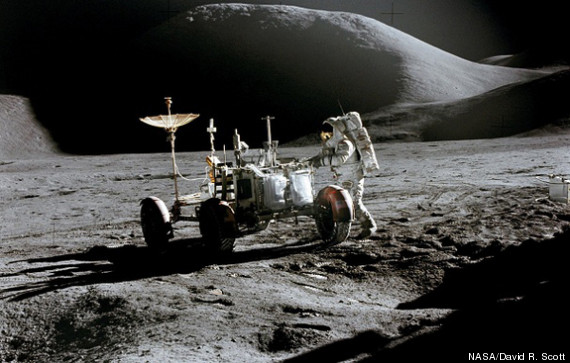
“The key question is whether those Apollo samples represent the bulk conditions of the lunar interior or instead represent unusual or perhaps anomalous water-rich regions within an otherwise ‘dry’ mantle,” said Ralph Milliken, lead author of the new research and an associate professor in Brown’s Department of Earth, Environmental and Planetary Sciences. “By looking at the orbital data, we can examine the large pyroclastic deposits on the Moon that were never sampled by the Apollo or Luna missions. The fact that nearly all of them exhibit signatures of water suggests that the Apollo samples are not anomalous, so it may be that the bulk interior of the Moon is wet.”
Nearly all of the large volcanic deposits on the Moon’s surface showed evidence of water. This indicates that the lunar mantle is likely water-rich as well.
“The distribution of these water-rich deposits is the key thing,” Milliken said. “They’re spread across the surface, which tells us that the water found in the Apollo samples isn’t a one-off. Lunar pyroclastics seem to be universally water-rich, which suggests the same may be true of the mantle.”
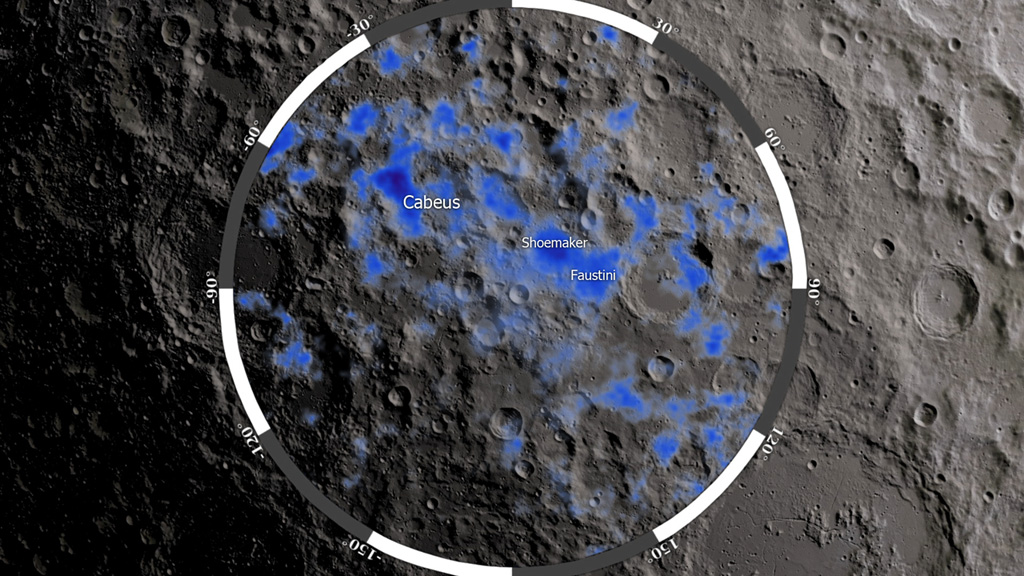
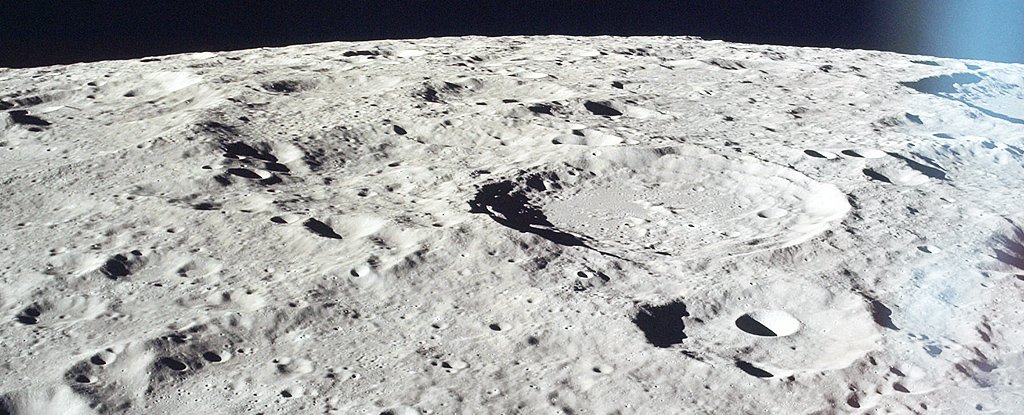
Ice deposits had been found previously, by NASA’s Lunar Reconnaissance Orbiter and the LCROSS probe, which was crashed, on purpose, into the Moon’s south pole. Plentiful water ice was discovered in the resulting debris from the impact. Both the water underground and the ice deposits could be good news for any future Moon colonists.
“Other studies have suggested the presence of water ice in shadowed regions at the lunar poles, but the pyroclastic deposits are at locations that may be easier to access,” said study co-author Shuai Li. “Anything that helps save future lunar explorers from having to bring lots of water from home is a big step forward, and our results suggest a new alternative.”
The new results were published in Nature Geoscience.
Be sure to “LIKE” AmericaSpace on Facebook and follow us on Instagram & Twitter!
SaveSave
SaveSave
Missions » Apollo »



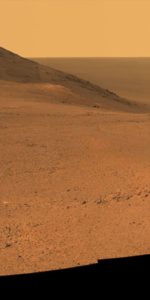

Thank you Paul Scott Anderson for an informative article about Lunar water!
Note:
“‘We know from previous missions there is an increased abundance of hydrogen at the lunar poles. But we don’t know how much or exactly where,’ Hardgrove said. ‘NASA has funded three different CubeSats to learn more: Lunar IceCube, Lunar FLASHLIGHT and LunaH-Map. They all look for water in different ways and provide different types of information.’”
And, “LunaH-Map will map the hydrogen content of the entire South Pole of the moon, including within permanently shadowed regions at high resolution. LunaH-Map will measure the bulk hydrogen content, up to a meter beneath the lunar surface, while the instruments on both Lunar IceCube and FLASHLIGHT will tell us about the very top few microns. LunaH-Map will create the highest-resolution maps of regional near-surface (top-meter) water-ice distribution across the entire South Pole of the moon.”
From: ‘ASU chosen to lead lunar CubeSat mission’
By Nikki Cassis August 25, 2015
At: https://asunow.asu.edu/20150825-ASU-LunaH-CubeSat
Note also:
‘Ashes and Water Despite new findings about lunar water, it still makes sense to mine ice at the poles.’
By Paul D. Spudis July 27, 2017
At: http://www.airspacemag.com/daily-planet/ashes-and-water-180964225/